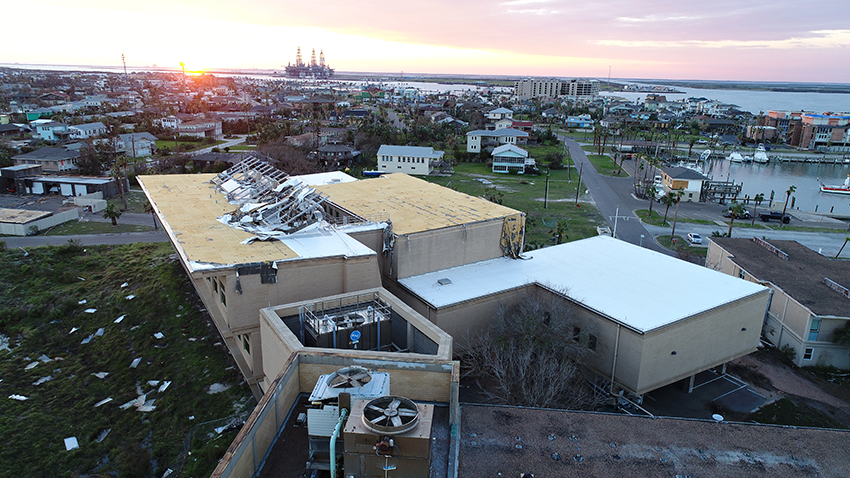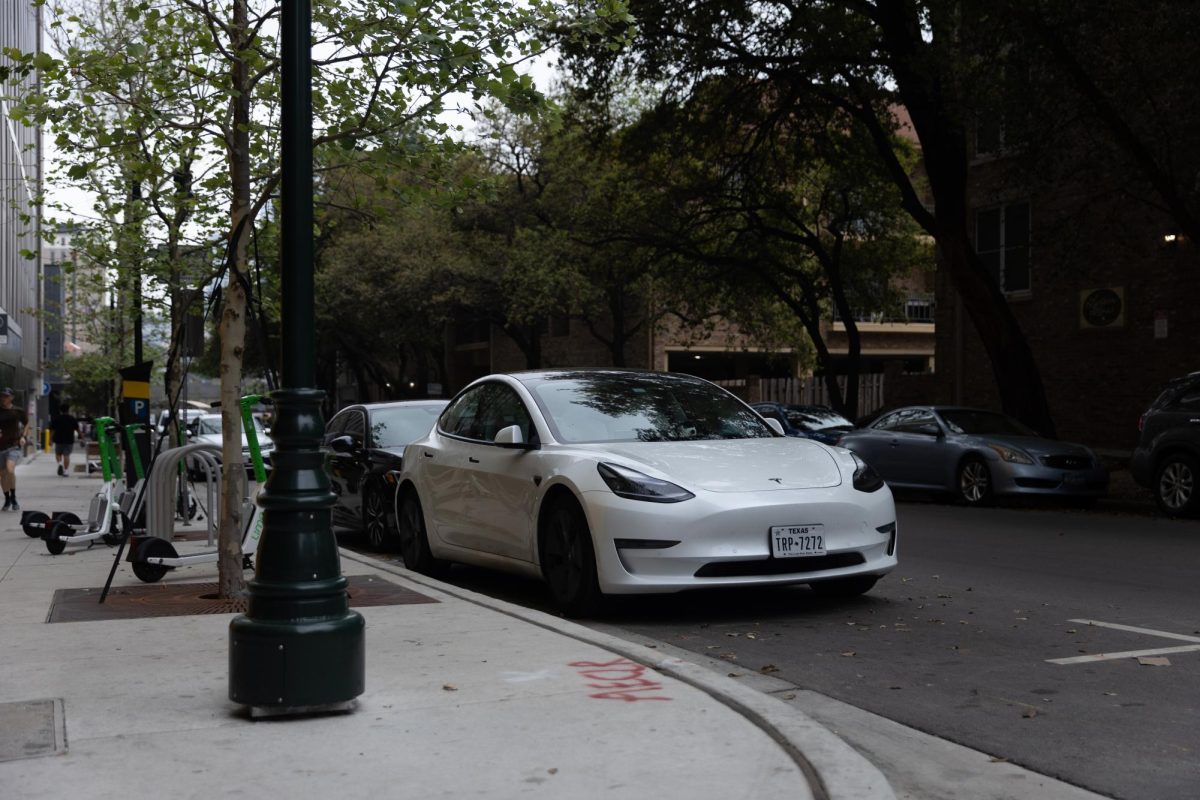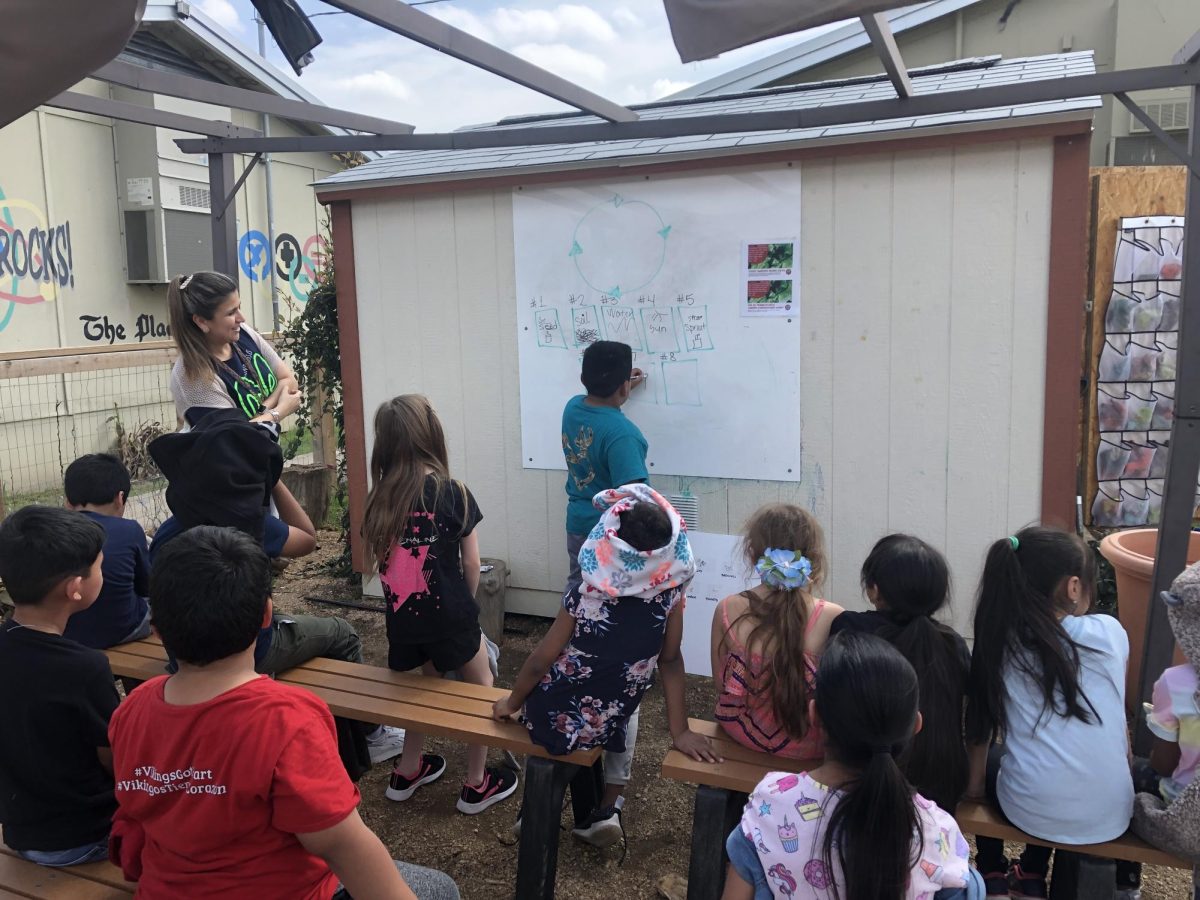A roof was torn from a laboratory. A drilling rig smashed into the pier. All 74 buildings were damaged, and six weretotally destroyed.
One year after Hurricane Harvey tore through Port Aransas, the UT Marine Science Institute is still recovering.
Sally Palmer, UT Marine Science Institute communications coordinator, said the institute lost laboratories, student dormitories and faculty offices to the 130 mph winds and 10-foot storm surge, and the road to recovery is far from complete.
“A year after the storm, we’re about 40 to 50 percent through the repairs,” Palmer said. “There’s so much time in re-engineering and architectural plans that we’re a little bit further along, but the building aspect of that is slower. We’re hoping by spring that all the labs will be operational, and we’ll be close to 100 percent operational.”
UT-MSI suffered nearly $4.7 million in instrument damage across its campus, Palmer said.
“All the instruments were lost,” Palmer said. “One instrument that was over a million dollars, it was one of 30 in the world, was on the third floor where the roof peeled off. It was totally damaged by the water.”
The institute has received funding from UT, the Board of Regents and the Federal Emergency Management Agency to help rebuild the campus, Palmer said.
“The President’s Office and Board of Regents have been very supportive and really stepped up,” Palmer said. “Fenves said, ‘I’m putting 5 million in an account to make sure you get your repairs as fast as possible.’”
Rhonda Weldon, director of communications of UT’s financial and administrative services office, said in addition to FEMA, UT-MSI is expecting more funding from university insurance, federal grants and Permanent University
Fund allocations.
“To date, the University has spent $6 million,” Weldon said in an email. “The total recovery is expected to be between $43 and $45 million, including all construction and equipment.”
Palmer said in the aftermath of the storm, students and faculty were transferred to Texas A&M-Corpus Christi and then to mobile offices on the UT-MSI campus. Since the labs are still undergoing repairs, the biggest issue is students sharing lab spaces, Palmer said.
“They’re really squished into the laboratories,” Palmer said. “As a research institute, it’s been a big strain on our scientists.”
As repairs continue a year later, some students are still grappling with the effects of the storm. Christina Bonsell, a marine science graduate student, said she lost an experiment that she had been working on for multiple years.
“I was growing a lot of arctic algae in a cold, refrigerated room,” Bonsell said. “When Harvey hit, the power to that room was lost, so all of my algae died. I had to completely rethink that research project … It was a setback to my progress towards graduation.”
Between relocating labs and assessing the damage to their own homes, students were in recovery for a long time, Bonsell said.
“There was a long in-between time when people were trying to get work done but also trying to work with their various insurance agencies and tearing out their walls,” Bonsell said. “We weren’t the most productive in terms of science at that time.”
While some students still feel stuck in limbo, they grew very close after Harvey, Bonsell said.
“The graduate student community really showed its power and its strength in this really tough situation,” Bonsell said. “I feel really grateful for having that community.”




















